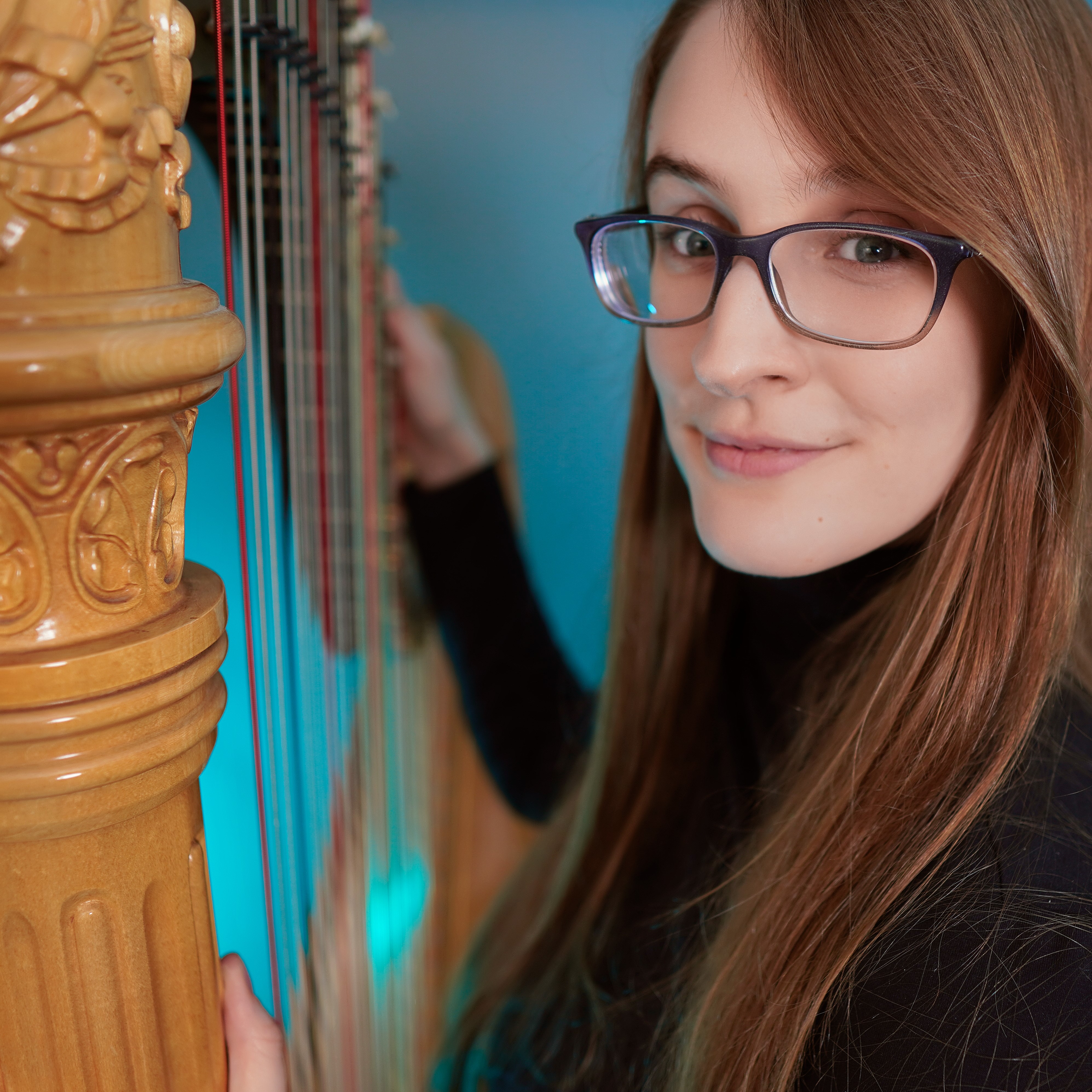
How to Make the Songs You Already Know Last Longer
Today, I want to share some super simple tricks to make the songs you already know how to play last longer. This is so easy that anyone can do it—seriously.
Maybe you’re a beginner, and the songs you know are really short, like 30 seconds. When someone asks to hear you play, it can feel a little awkward to be done so quickly. Or maybe you’re starting to gig and need to fill 30 minutes or even an hour of music and you think, How will I ever play for that long??
Good news—you don’t need to learn a ton of new songs to fill more time. With just a few simple tricks, you can make your existing repertoire stretch further.
1. Repeat
This is the obvious one, but it's worth saying: just repeat the song. When you reach the end, go back to the beginning and play it again.
All of the following steps involve some form of repetition with variations, but you can absolutely repeat the exact same thing two or three times, and no one will mind. It’s an easy way to add time to your performance.
2. Play an Octave Higher
A super easy way to create variety is to play the piece an octave higher. You can do this with:
Just your right hand.
Both hands.
One pass with the right hand an octave higher, and another with both hands.
This small change can make the piece sound fresh and keep your audience engaged.
3. Play the Left Hand Alone
Another simple way to add time is to play just the left hand by itself, removing the melody.
This works especially well as an interlude if you’ve already repeated the full piece a few times. It gives a little break before returning to the melody. You can also use the left hand as an intro or outro to make the piece longer.
4. Switch Broken Chords to Solid or Rolled Chords
For a more noticeable (but still super easy) variation, look for any broken chord patterns in the left hand and play them as solid or rolled chords instead.
For example, look for the classic 1-5-8 broken chord pattern or broken triad in the left hand. Normally, you’d play these notes one at a time. To mix it up, place all your fingers at once and play the notes together as a solid or rolled chord.
This small change completely shifts the feel of the music and keeps things interesting.
Endless Possibilities
These are just a few easy ways to make your songs longer, but they’re only scratching the surface. There are so many creative ways to add variations and make your current repertoire work harder for you.
What’s even better? These techniques are a form of arranging, which means you’re actually creating your own unique version of the piece. And you don’t need to know tons of complicated music theory to do it!
If you’d like to explore this further, I’ve created a whole course on arranging. It’s designed to help you make your own arrangements step by step, no matter your skill level. Check it out here!
If you’d like more harp tips and tricks, sign up for my email list to get free resources sent straight to your inbox.
Let’s make this year your best yet as a harpist!
See you next time!

